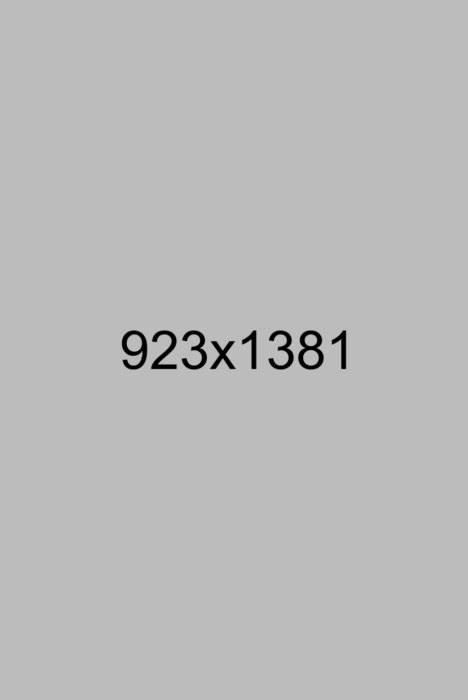What is Colour?
The definition of colour (or color) in physics is the colour’s association with electromagnetic radiation of a certain range of wavelengths visible to the human eye. In art, the use of colour includes hue, town, tint, shades, colour wheel, colour temperature and colour combination. Colour is one of the fundamental elements in producing visual art.
Hue is the dominant colour like red and blue. To make tint you add white and to make tone you add an equal amount of black and white.
Colours are divided into Primary, Secondary, and Tertiary.
- Primary Colours: Red, Yellow, and Blue. (They can not be created by mixing other colours).
- Secondary Colours: Green, Orange, Purple/Violet. (They can be created by mixing primary colours)
- Tertiary Colours: Red – Purple (Magenta), Blue – Green (Teal). (They can be created by mixing primary with secondary colours.
The colours can be combined following the rules of complementary colours or analogous colours.
Complementary Colours are situated one on the opposite side of the other in the colour wheel. For example, blue is complementary to orange.
Analogous Colours are those that are situated next to each other in the colour wheel. For example, red is analogous to orange.
Another distinction in colours is the warm and cool colours as also neutrals.
The warm colours are:

Yellow, yellow-orange, orange, red-orange, red, red-violet.
The cool colours are:

Violet, blue-violet, blue, blue-green, green, yellow-green.
Neutral colours are white, grey black and depending on undertones can function as a warm or cool sensation.
► View SourcesSources
Bray G. Et all, 2022, How Art Works: Τhe Concept Visually Explained, DK Penguin Random House, London, UK

